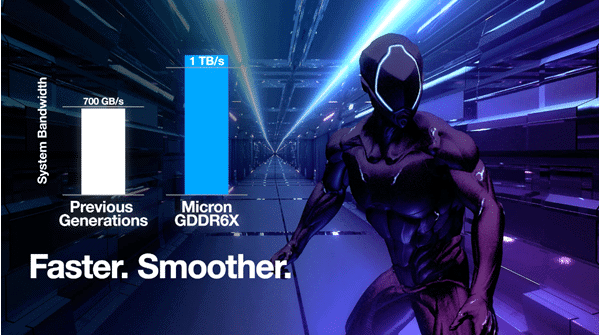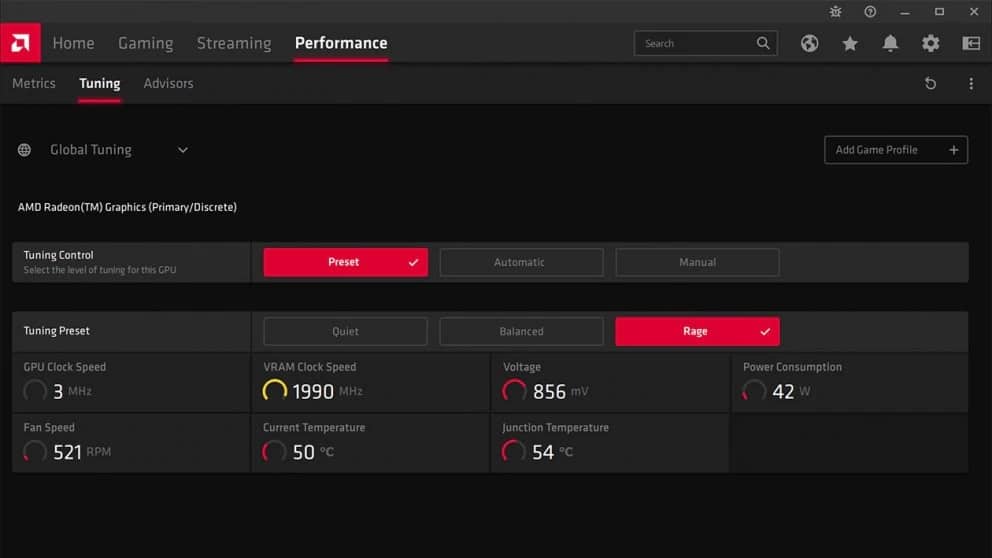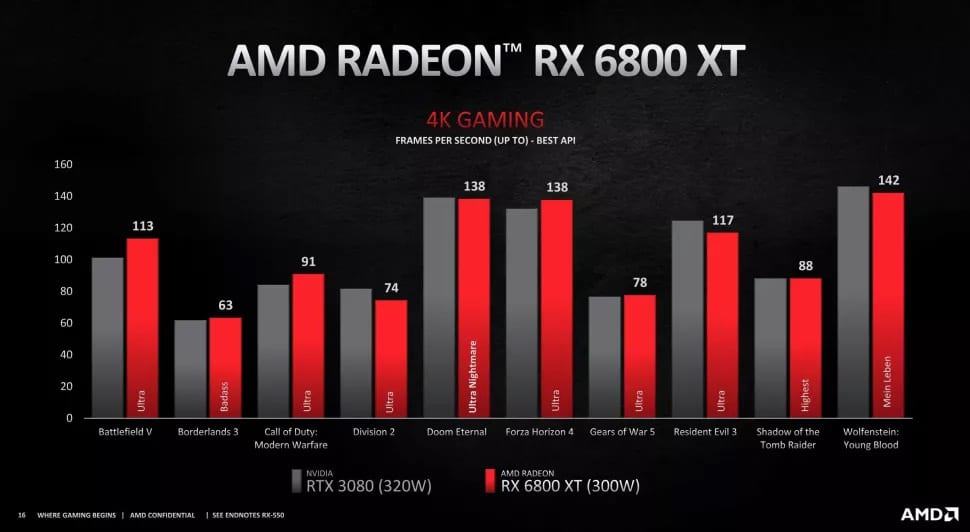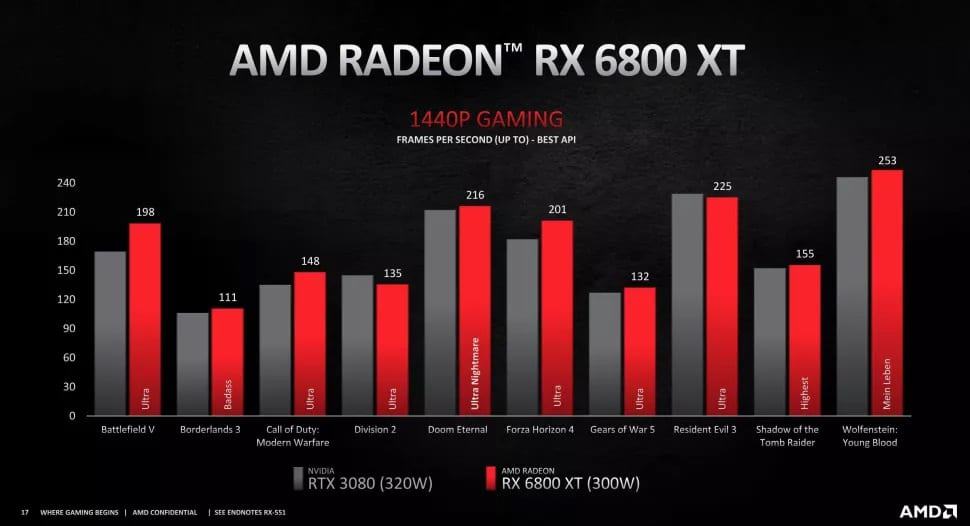RX 6800XT vs RTX 3080: Performance, Features, And Value
We pair off two of the most highly anticipated GPUs of 2020, looking at performance, features, and overall value for money
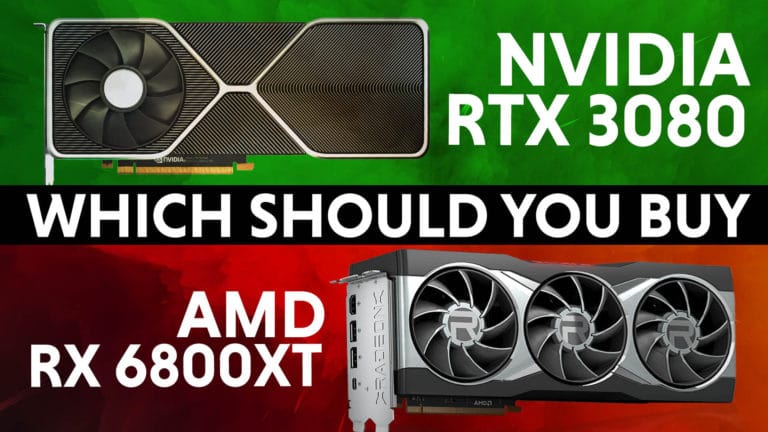
Update: Check out our Where to Buy pages to get your hands on the latest GPUs from AMD:
When Nvidia unveiled their hugely-impressive RTX 3080 graphics card just over a month ago, it looked like another year of team green dominance was set to run its course. However, AMD weren’t willing to sit back and take another theoretical pounding from Nvidia – quite the contrary actually. Amongst the chaos that has been 2020, AMD have been working on a GPU lineup that could potentially see them return to the top of the gaming GPU hierarchy.
The latest lineup from AMD is simply classed as the RX 6000-series and, at the time of writing this, consists of three high-performance, well-priced GPUs – RX 6800, RX 6800XT, and RX 6900XT (BIG NAVI).
In today’s article, we’ll be focusing on the two major players from both brands. The two GPUs that, let’s be honest, showcase the greatest value for money in either camp – the RX 6800XT Vs the RTX 3080.
We’ll be taking a closer look at each to see how they stack up in performance, advanced features, specifications, and overall value for money – concluding with which is best for your next GPU upgrade.
So, with plenty to get through, let’s waste no further time and dive straight into it!
The Specs
Before getting into the more technical differences that separate these high-performance GPUs, let’s take a quick look at the specifications.
As you can see from the table above, there aren’t that many areas where we can perform accurate side-by-side comparisons. Even the areas that can be compared – like VRAM and clock frequencies – need to be taken with a pinch of salt thanks to the way both architectures utilize each feature.
That being said, we’ll try and cover all the most relevant subject matter in the following article – starting with those memory and clock frequency comparisons.
Memory & Clock Frequencies
The first and most apparent difference that can be found when comparing these two GPUs is the memory. It’s an area where AMD have made progress recently, equipping their RX-6000 series with more VRAM than we’ve seen in previous generations.
With that, AMD takes the early lead in technical differences when comparing the cards, offering 16GB GDDR6 VRAM over Nvidia’s 10GB GDDR6X. However, there are some fundamental factors that don’t make it quite as clear cut as this suggests.
Whilst AMD clearly offers the greater memory capacity, Nvidia has an ace in the hole, faster memory speed – thanks to the utilization of Micron’s GDDR6X VRAM. On paper, the GDDR6X VRAM effectively has twice the bandwidth than the GDDR6 – however, Nvidia have decided to downclock the memory, instead prioritizing thermals and overclocking capabilities instead. That said, even with the lesser memory clock, Nvidia’s GDDR6X still comes out on top in terms of memory speed – offering 19Gbps over AMD’s 16Gbps.
To add even further confusion to the comparison, we still haven’t factored AMD’s Infinity cache into the equation. Whilst AMD seemingly have the inferior memory bandwidth (512GBps over 760GBps), their Infinity cache allows them to effectively triple that number, leaving the Nvidia alternative in its wake.
With everything being taken into consideration, I’d still say that AMD holds the win in this particular department. The additional VRAM will enable the RX 6800XT to perform memory sapping tasks – such as 4K gaming and taxing rendering scenarios – in a much better fashion.
Advanced Features
Annoyingly, neither of the GPUs come with comparable features. Nvidia are focusing on DLSS 2.0 capabilities and raw RTX performance, whilst AMD promote Rage mode, Smart access memory, and DX12 Ray Tracing. Whilst we can’t do a direct comparison, we can look at each and gauge what it can offer you as a consumer. This feature theoretically allows Nvidia GPUs to make use of a trained neural network that has the ability to upscale resolutions in real-time.
During the launch of the RTX 3080, Nvidia made it very clear that DLSS 2.0 was going to be one of the stand-out features the new RNDA 2 GPUs would come equipped with. Whilst deep learning super sampling isn’t a new technology, it has been improved on from its previous iteration – further boosting frame rates in AI-based super-resolution formats. This not only boasts improved graphical fidelity but also raises frame rates when compared to non-scaled images. Despite all the pros that DLSS 2.0 offers, it still doesn’t have a huge impact on the overall gaming performance of this card – mainly because compatibility is still very limited.
AMD, on the other hand, were quick to point out hardware support for DirectX 12 during Dr. Su’s RX 6000-series live announcement. Some follow-up reports have given us some indication of the performance we can expect from this additional feature. Whilst the RX 6000 series should outperform the RTX 2000-series comfortably, it will likely struggle against the newer Ampere GPU lineup in ray tracing performance. Whilst present times don’t pose too much of a threat, for now, ray tracing will be more openly used by game developers moving forward – leading some to conclude that the RTX series still shows greater value in this department.
That being said, two features that Nvidia can’t compete with is Rage mode and Smart access memory. These bespoke features are new to the RX 6000 series and, upon first impressions, add a healthy performance increase in gameplay and productivity workflows.
In a nutshell, rage mode is an overclocking feature that allows users to quickly and easily boost the performance of their RX 6000-series GPU by clicking a button in the Radeon software suite. You’re theoretically unlocking the remaining overclocking headspace that is available with these cards.
Smart access memory, on the other hand, is much more technical. SAM is a technology that allows the CPU and GPU to communicate more freely, allowing the CPU to make full use of the GPUs memory – effectively reducing latency and buffering. Whilst it’s unclear how effective this feature is right now, early signs are extremely encouraging – especially for esports players looking to gain the edge over their competition.
Performance
That leads us nicely onto performance and what we can expect from these two very efficient GPUs. Unfortunately, we can’t give a definite answer on which is going to perform best when it comes to gaming, even with the official benchmarks that AMD ran for their live stream.
Speaking of which, let’s take a closer look to see what AMD had to say when comparing the two flagship GPUs side by side.
As you can see from the graph above, AMD are showcasing clear wins in 4K gaming across a number of different titles – including Battlefield V, Borderlands 3, Call of Duty: Modern Warfare, Forza 4, Gears of War 5, and Shadow Of The Tomb. That said, as you can see from the key underneath the graph, the AMD card was benchmarked under both Smart Access Memory and Rage mode. Whilst this is perfectly fine for consumers making use of a new Ryzen 5000-series CPU, it skews the results wildly as we have no idea how the GPU will perform when paired with a 3000-series AMD CPU – not to mention an Intel CPU. Furthermore, we can only assume AMD have tried to handpick games that showcase a performance increase over the competition. Accurate benchmarking for other titles will have to wait until the official release date.
Nvidia still has a few clear wins in this category, with Division 2, Doom Eternal, Resident Evil 3, and Wolfstein all landing in team green’s corner.
As we take a look at the 1440p performance of both cards, the results are very similar – with each card claiming the same wins across the games used. That said, the increase in performance certainly increases at this lesser resolution. Once again, Smart Access Memory and Rage Mode are both used again, leaving everyone speculating what the performance differences may be like on a more level playing field.
Pricing and Availability
So, what does this all mean when it comes to pricing? Well, as expected, AMD have undercut the Nvidia alternative to try and add additional value to their GPU. Both of AMD’s RX 6800 and 6800XT launch on November 18th and will retail at a starting price of $579 and $649, respectively.
Whilst $50 isn’t an enormous saving, it could still be extremely lucrative for people utilizing AMD parts – thinking back to rage mode and smart access memory.
If history is to repeat itself, Nvidia is likely to take the lion’s share of the market sales this time around. However, one thing that could sway many individuals into buying a Radeon alternative is availability. Nvidia has struggled massively in meeting the demand for its new GPUs. Most retailers haven’t got any stock and don’t know when they’ll be receiving any – restricting individuals to single purchases to stop scalping.
AMD have been given an incredible opportunity to take the market by storm, leaving customers with no alternative but to buy AMD. However, it all relies on their own ability to meet consumer’s growing demands.
Conclusion
So, there you have it, our full comparison of two of the most anticipated GPUs of 2020. Although we can only speculate whether or not the $50 is going to be worth the switch from Nvidia to AMD, one thing is definitely for sure. AMD have come a long way over the last decade or so and have closed the gap between themselves and Nvidia substantially – giving consumers a real problem when it comes to choosing their next GPU upgrade.
Ultimately, I think it comes down to what hardware you’re currently using. If you’re planning on getting a new Ryzen 5000 series CPU, you’ll probably want to pair it with a Radeon RX 6000 series GPU – utilizing their new advanced features for greater performance gains.
However, if you’re an Intel advocate, early signs suggest that Nvidia’s 3080 will, ultimately, be the best choice for your needs.


